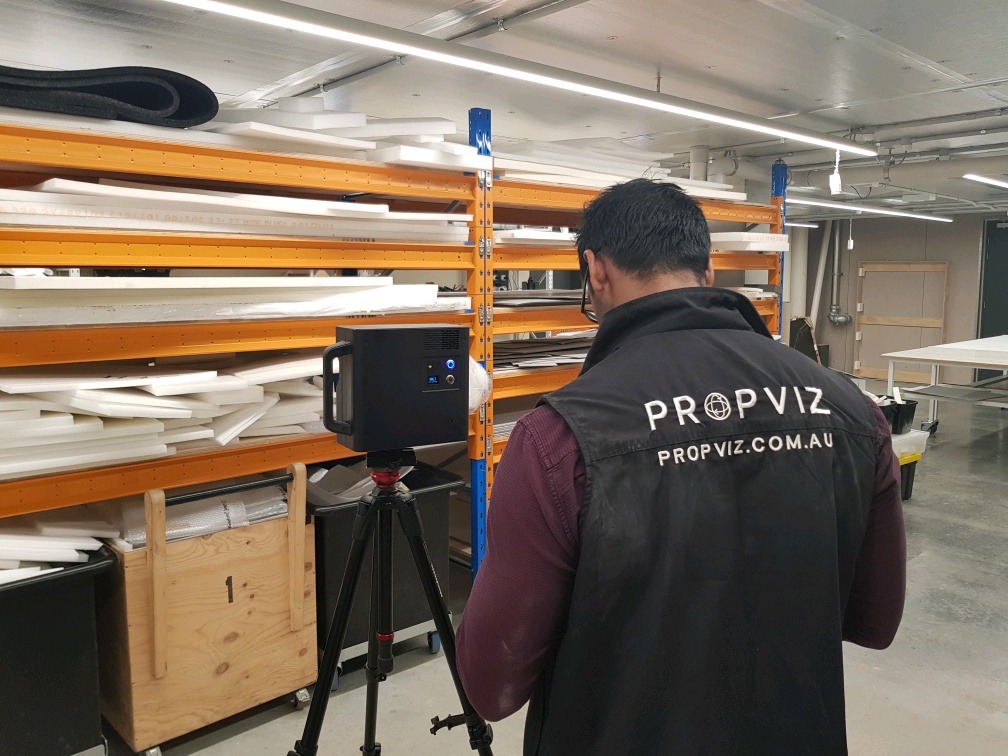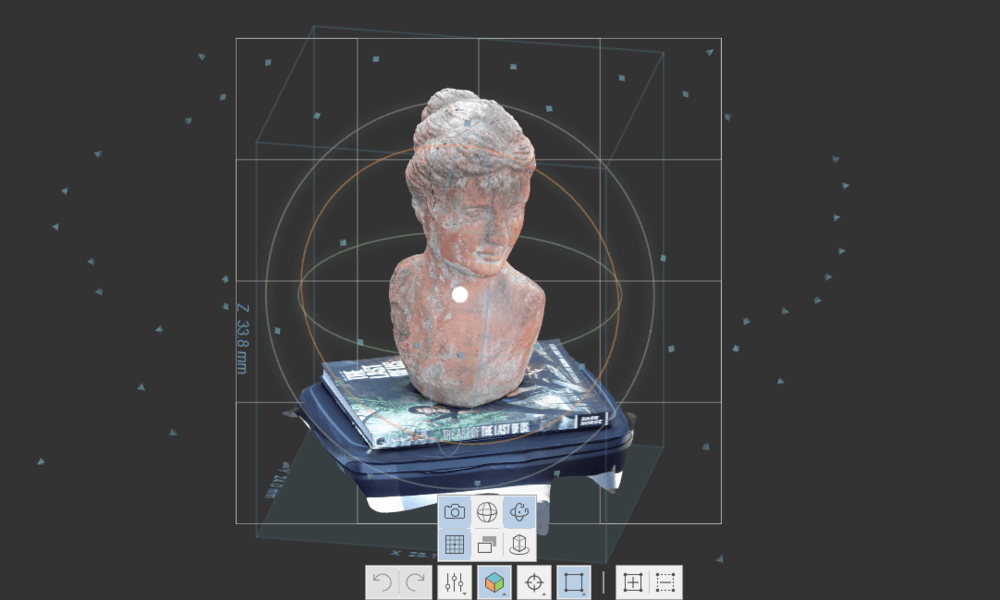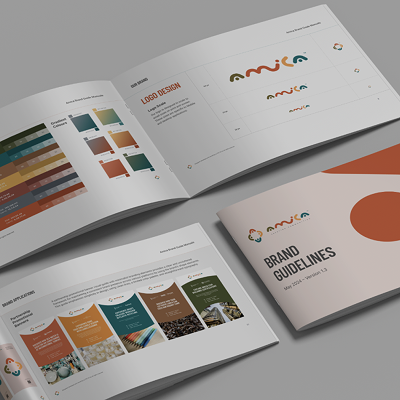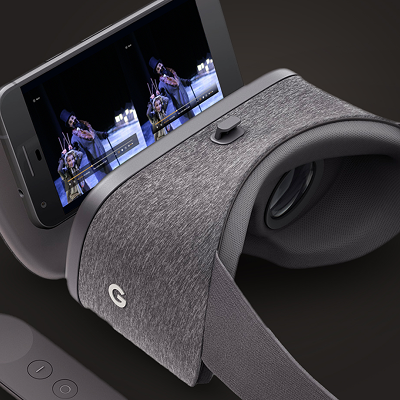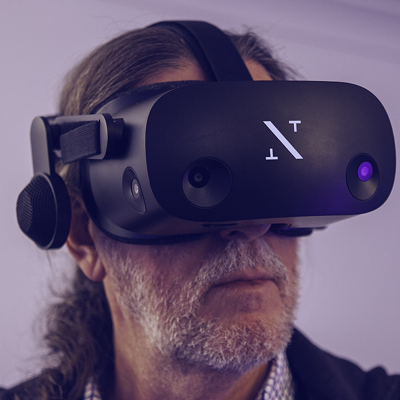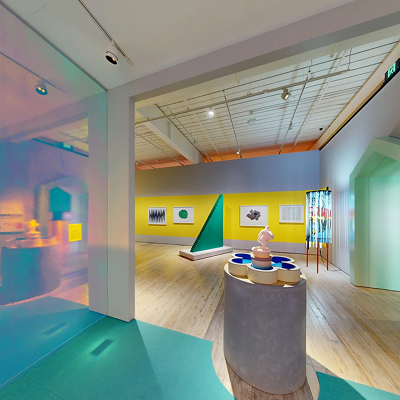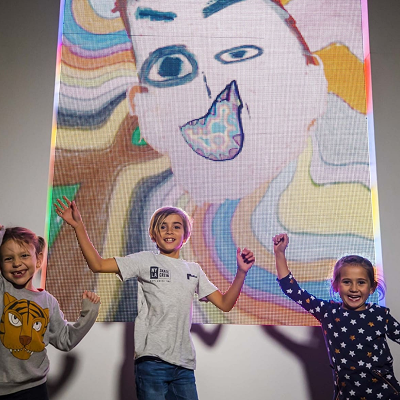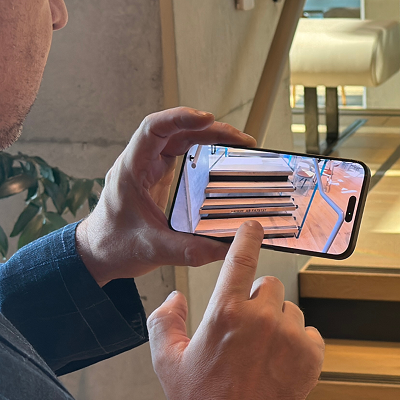3D scanning has revolutionized the way we create digital models of real-world objects and people. Whether you’re using 3D scanning for prototyping, manufacturing, or digital art, getting a high-quality 3D scan is essential.
However, getting a high-quality scan requires careful preparation and attention to detail.
In this article, we will provide tips for 3D scanning both objects and people, including how to prepare the subject, choose the right scanner, scan properly, and post-process the scans to create a final, usable model.
What is a 3D Scanning?
3D scanning is a technique used to capture the shape of an item using a 3D scanner. The result is a 3D file of the object which can be saved, edited, and even 3D printed.
It can accurately describe the shape in terms of three-dimensional space. The item can be an object, an environment, or a person.
The sensors of the individual device collect data related to the shape, the depth, and the colour of the item you are 3D scanning and they form the final 3D file. After the 3D scan is converted into a 3D file, you can edit the result with a 3D modelling application.
This gives you the possibility to modify and use your 3D scan as an avatar in VR (Virtual Reality) games or even to 3D print it. That’s how the object passes from the physical form to the digital one.
Here we will provide you with tips on how to do 3D scanning using your smartphone. One good reason for purchasing a smartphone is that you can use them as 3D scanners.
The Role of 3D Scanning in Innovation and Creativity
3D scanning is a crucial process in many industries, including manufacturing, architecture, and entertainment.
It enables us to create accurate digital models of real-world objects, people, and environments, which can be used for various purposes, such as designing, prototyping, analyzing, and visualizing.
With 3D scanning, we can capture the geometry, texture, color, and other properties of physical objects with high precision and speed, without the need for manual measurements or modeling. This not only saves time and resources but also allows us to explore new possibilities and solve complex problems that were once impossible or impractical to achieve.
Whether you are a professional or a hobbyist, 3D scanning is an essential tool for unlocking your creativity and innovation.
This article provides readers with tips on how to 3D scan objects and people accurately.
The first section covers tips for 3D scanning objects, including how to prepare the object, choosing the right scanner, scanning the object, and post-processing. The second section covers tips for 3D scanning people, including how to prepare the person, choosing the right scanner, scanning the person, and post-processing.
The article concludes with a summary of the tips and encouragement for readers to try 3D scanning for themselves.
Preparing Your Object for Scanning
Preparing the object
To get the best possible 3D scan of an object, it is important to prepare it properly. First, ensure that the object is clean and free of dust and debris. This will prevent any unwanted artifacts from appearing in the scan. Next, remove any unwanted elements, such as stickers or labels, that may interfere with the scan.
Choosing the right scanner
There are several types of 3D scanners available, each with its own strengths and weaknesses. Consider the size, shape, and texture of the object when choosing a scanner. Some scanners may be better suited for scanning smooth, shiny objects, while others may be better for textured or rough surfaces.
Scanning the object
Proper lighting is crucial for getting an accurate 3D scan of an object. Use diffuse lighting to minimize shadows and highlight the details of the object. It is also important to maintain the right distance from the object, as getting too close or too far away can result in distortions in the scan. Capture the object from all angles to ensure that all sides are properly represented in the final model.
Post-processing
After scanning the object, align the scans to ensure that all the pieces fit together properly. Then, use smoothing tools to reduce any rough edges or noise in the model. Finally, export the model in the desired file format for use in other applications.
Preparing the Person for 3D Scanning
Preparing the person
When scanning a person, it is important to consider their appearance. Clothing choice can have an impact on the final scan, so choose clothing that is form-fitting and without intricate patterns. Similarly, keep hair and makeup simple to minimize distractions from the face and body.
Choosing the right scanner
Just like with objects, choosing the right scanner is key to getting a high-quality 3D scan of a person. Consider the size and shape of the person when selecting a scanner, as well as the texture and complexity of their skin.
Scanning the person
Proper lighting is critical for getting a good scan of a person. Use diffuse lighting to minimize harsh shadows and highlight the details of the face and body. It is also important to maintain the right distance from the person and capture them from all angles to ensure that the final model is accurate and complete.
Post-processing
After scanning the person, remove any unwanted elements from the model, such as background objects or artifacts caused by the scanning process. Then, use smoothing tools to reduce any rough edges or noise in the model. Finally, export the model in the desired file format for use in other applications.
How to Make a 3D Scan with a Smartphone
If you already have a smartphone, you can download one of the many 3D scanning apps that already exist in the market. In all the 3D scanning applications the same guidelines apply for a successful 3D scan as following.
- First, you place the object or the person you want to scan to stand somewhere where you can walk around it/her/him.
- Then, you start the scanning procedure as indicated by the app, and the sensors of the camera of your mobile phone collect all the needed data. Once the 3D scanning is finished, and the data is collected, the app turns them into your digital 3D model.
- Save the result and 3D print it, use it as an avatar in Virtual Reality games or other applications.
Tips on 3D Scanning Objects
-
Make sure you use the proper light when you scan an object, either it is indoors or outdoors. It is recommended that you use bright light that spreads equally around your object, especially when you 3D scan during the night.
-
For objects of complex geometry or objects that are hollowed or have edges, also mind the light not to create shadows as they will not be properly read by the 3D scanning software.
-
Keep an equal distance when you scan around the object, so as to get a uniform result. Moreover, beware that your models fit the screen, so adjust your position and do not scan from too far nor from too close.
-
Avoid 3D scanning moving or thin objects, such as tree-leaves for example. Also, try to avoid plain objects, as they lack geometry complexion and they cause reflections that cannot be captured properly during the 3D scanning procedure.
-
Beware of differentiating it from its background so that the 3D scanning depth sensors capture the volume of the item. For this reason, since transparent objects cannot be differentiated from their background, they cannot be properly represented on a 3D scan.
Tips on 3D Scanning People
-
The procedure of 3D scanning faces of people is quite simple. To have a uniform 3D scanning result, scan the face from ear to ear by walking around the person. Make sure you capture different angles of the face so that you don’t miss any edges of the face.
-
Keep an equal distance from the person as you walk around them. Since stringy objects are quite difficult to be captured, don’t be disappointed if the hair of the person you are 3D scanning is not represented in the best way.
-
For the best results, place the person you are scanning in a background that is of only one colour and bright enough so that the depth sensors of the camera differentiate the head from its background.
-
Last but not least, the person being 3D scanned should stand still and not move, as well as keep the same facial expression during the 3D scanning procedure.
3D Scanning Softwares For Smartphones You Can Use
Conclusion
In conclusion, 3D scanning can be a powerful tool for creating digital models of objects and people. By following these tips for preparing the subject, choosing the right scanner, scanning properly, and post-processing the scans, you can achieve high-quality results. Don’t be afraid to experiment with different techniques and tools to find the best approach for your particular project.
Reference:
https://www.sculpteo.com/en/3d-learning-hub/best-articles-about-3d-printing/3d-scan-smartphone/
